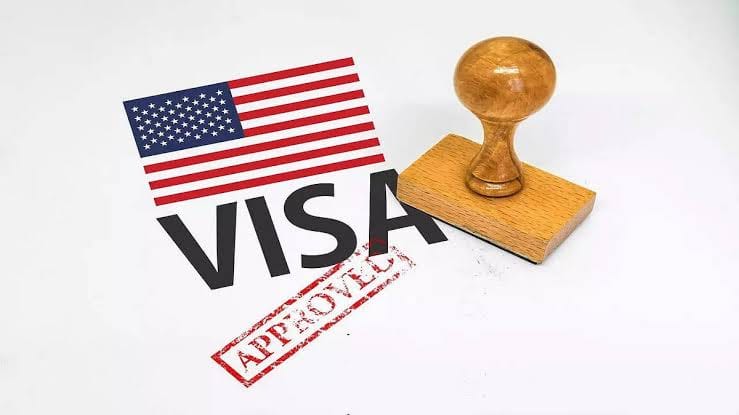How to Get a USA Visa: A Comprehensive Guide
The United States of America is one of the most sought-after destinations for travel, study, work, or permanent settlement. Every year, millions of people from around the world apply for U.S. visas. However, the process can be complex and overwhelming for first-timers. This blog provides a detailed guide on how to obtain a U.S. visa, answers frequently asked questions, highlights unknown and interesting facts, and sheds light on the history of the visa system.
Understanding U.S. Visas
A U.S. visa is an official document issued by a U.S. Embassy or Consulate. It grants a foreign individual permission to travel to a U.S. port of entry, where a Customs and Border Protection (CBP) officer determines their eligibility to enter.
There are two primary categories of U.S. visas:
- Non-Immigrant Visas: For temporary stays, such as tourism, business, study, or work.
- Immigrant Visas: For individuals intending to settle permanently in the U.S.
Step-by-Step Process to Get a U.S. Visa
1. Determine the Type of Visa You Need
The type of visa depends on your purpose of travel. Some common visa types include:
- B-1/B-2 Tourist/Visitor Visa: For business or leisure travel.
- F-1 Student Visa: For academic studies.
- H-1B Work Visa: For specialized work roles.
- K-1 Fiancé(e) Visa: For marrying a U.S. citizen.
- EB-5 Investor Visa: For investors seeking permanent residency.
Check the U.S. Department of State’s official website to identify the visa type that fits your purpose.
2. Complete the DS-160 Form
The DS-160 form is the online non-immigrant visa application form.
- Visit the Consular Electronic Application Center (CEAC) to fill it out.
- Upload a digital photograph that meets U.S. visa photo requirements.
- Print the DS-160 confirmation page, as it will be required for your interview.
3. Pay the Visa Fee
The visa fee varies depending on the type of visa. For example:
- B-1/B-2 visas: $185
- H-1B visas: $190
- E visas: $205
Payment can be made online or through designated banks in your country.
4. Schedule a Visa Appointment
Log in to the U.S. visa application portal to book two appointments:
- Biometrics Appointment: For fingerprinting and photo submission at the Visa Application Center (VAC).
- Visa Interview: At the U.S. Embassy or Consulate.
5. Attend the Visa Interview
Prepare for the interview by gathering the necessary documents:
- Passport (valid for at least six months beyond your intended stay).
- DS-160 confirmation page.
- Visa fee receipt.
- Appointment confirmation letter.
- Supporting documents (bank statements, employment letter, invitation letter, etc.).
During the interview, answer questions honestly and confidently.
6. Wait for Visa Processing
After the interview, your application status may be:
- Approved: Visa issued.
- Denied: Reasons provided by the consular officer.
- Administrative Processing: Requires further review.
Processing times vary based on visa type, applicant nationality, and time of year.
Frequently Asked Questions (FAQs)
1. What is the difference between a visa and a green card?
A visa allows temporary or permanent entry into the U.S., while a green card grants permanent residency and allows individuals to live and work in the U.S. indefinitely.
2. Can I apply for a U.S. visa without an invitation?
Yes, an invitation is not mandatory for tourist visas. However, it can strengthen your application if applicable.
3. What are common reasons for visa rejection?
- Insufficient financial proof.
- Lack of ties to the home country.
- Incomplete documentation.
- Suspicious travel history.
4. How long is a U.S. visa valid?
The validity period depends on the visa type and your nationality. For instance, tourist visas for Indian citizens are typically valid for 10 years with multiple entries.
5. Can I reapply after a visa denial?
Yes, you can reapply, but you must address the reasons for the previous denial.
6. Do children need a visa to travel to the U.S.?
Yes, all individuals, including infants, require a visa to enter the U.S.
Disclaimer
This blog is intended for informational purposes only. While every effort has been made to provide accurate and up-to-date information, visa policies, fees, and requirements may vary or change without notice. Applicants are advised to consult the official websites of the U.S. Department of State or the relevant U.S. Embassy/Consulate for the most current and accurate details. The author assumes no responsibility for any errors or omissions in the content or any consequences arising from its use.

